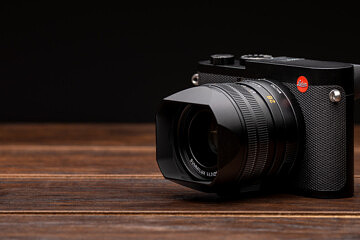
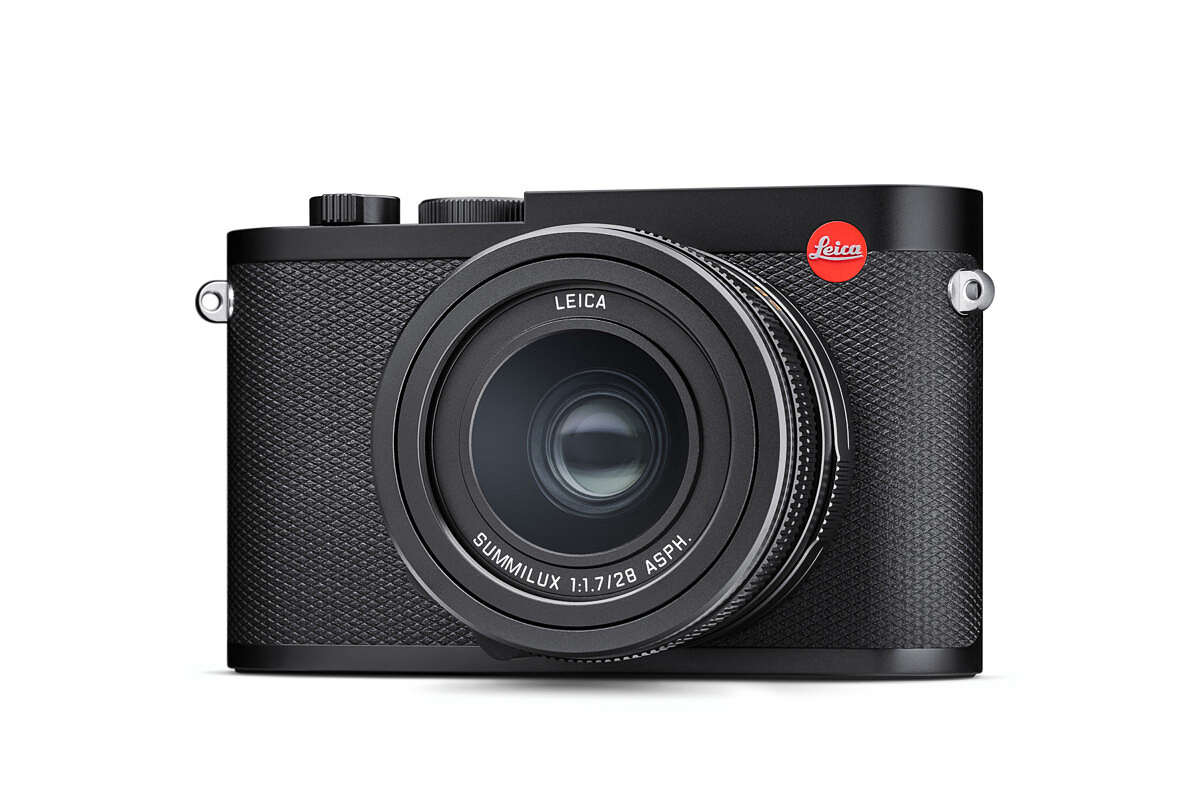
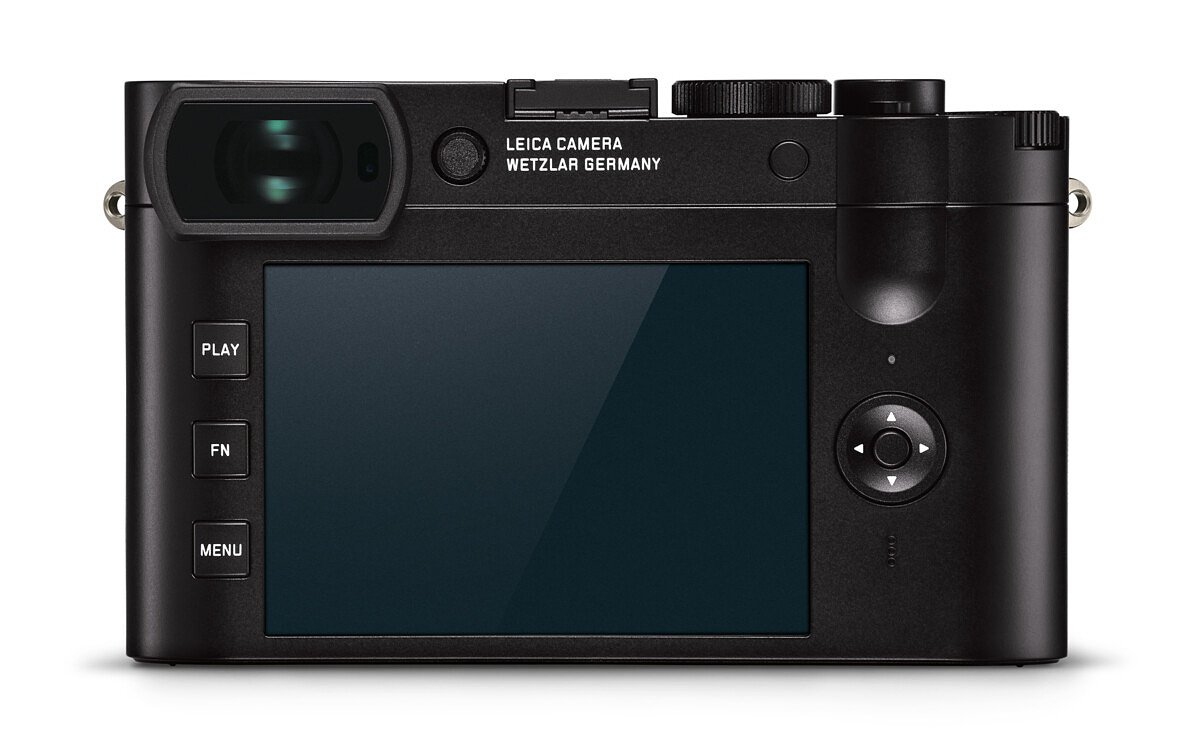
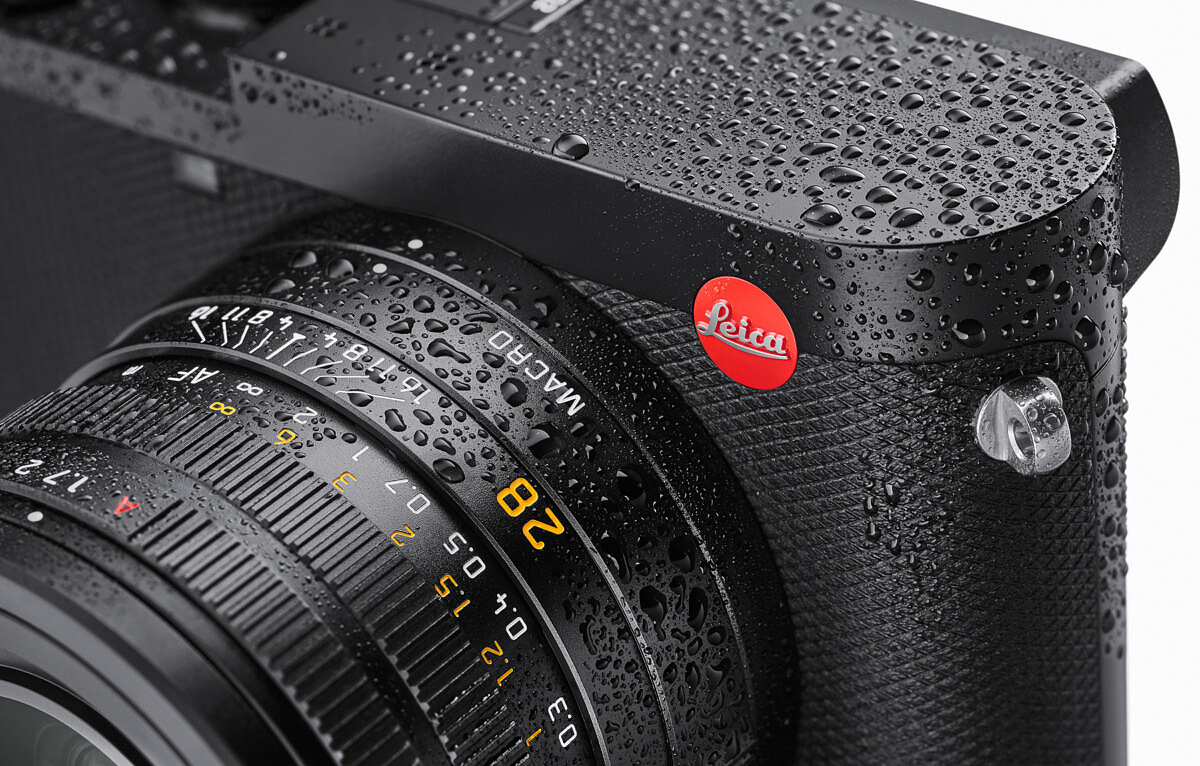
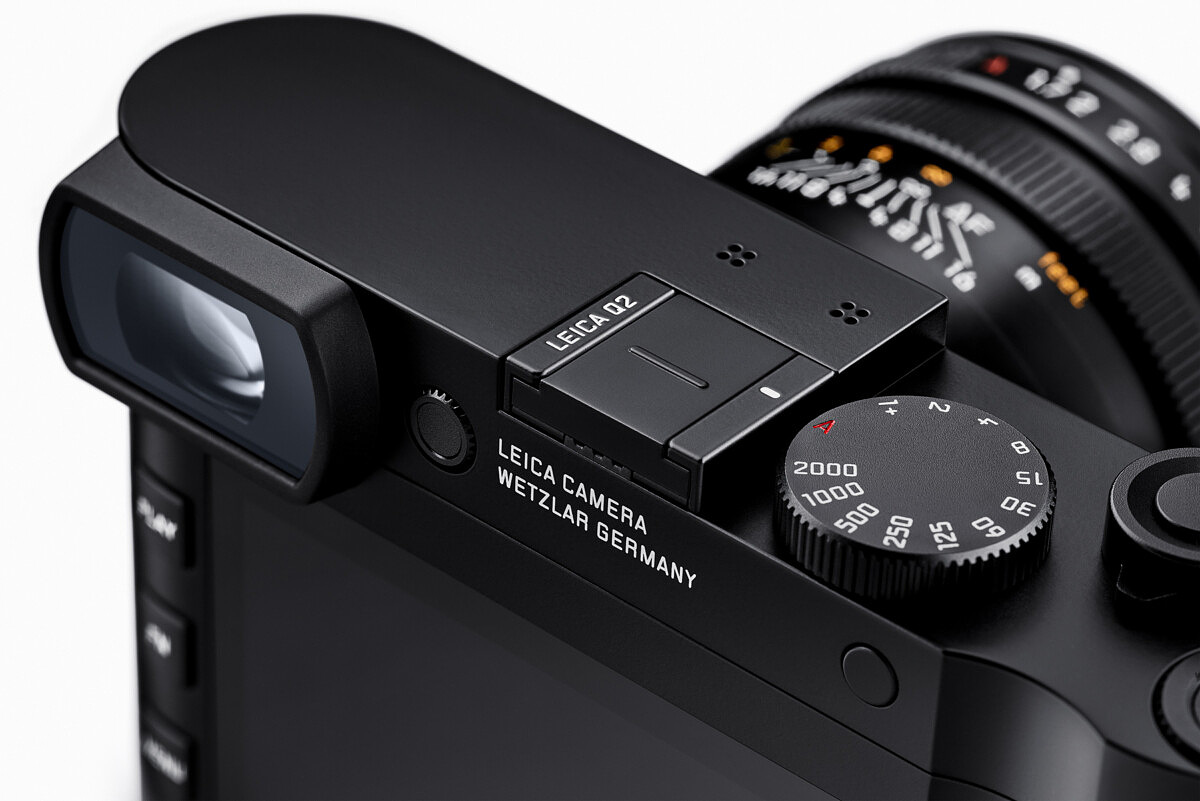
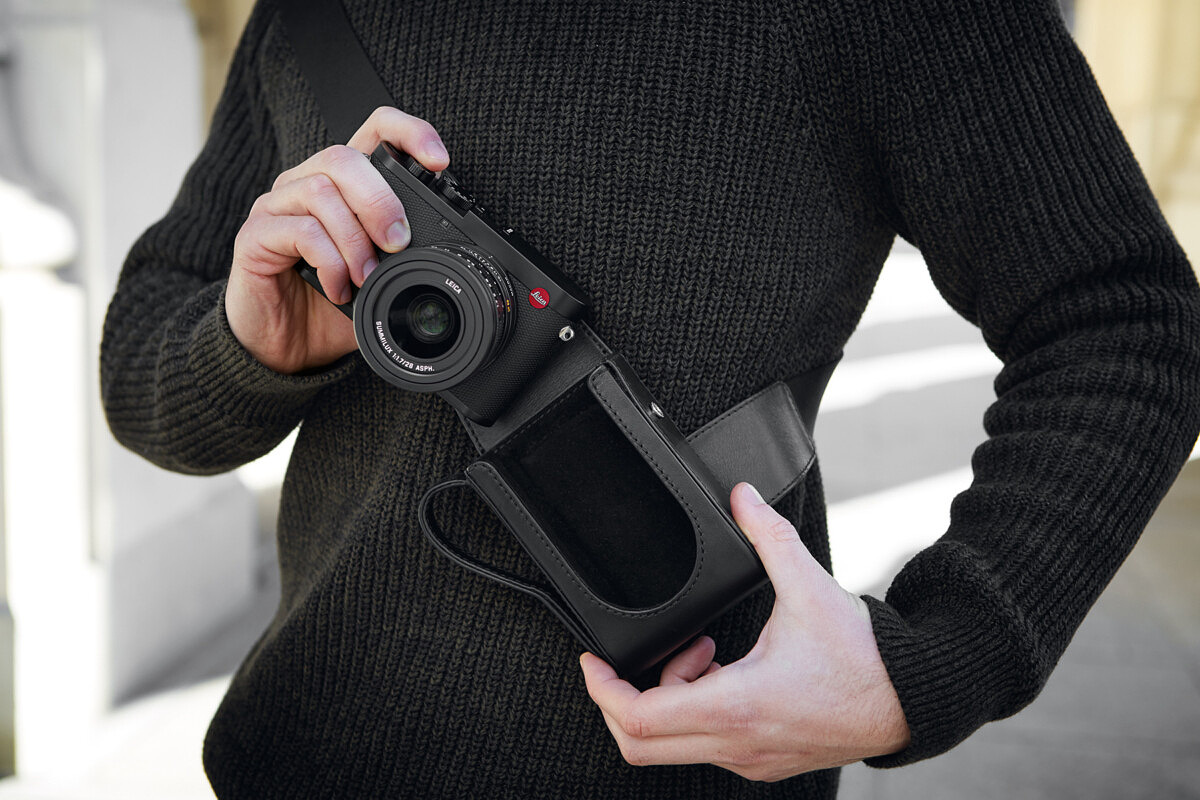
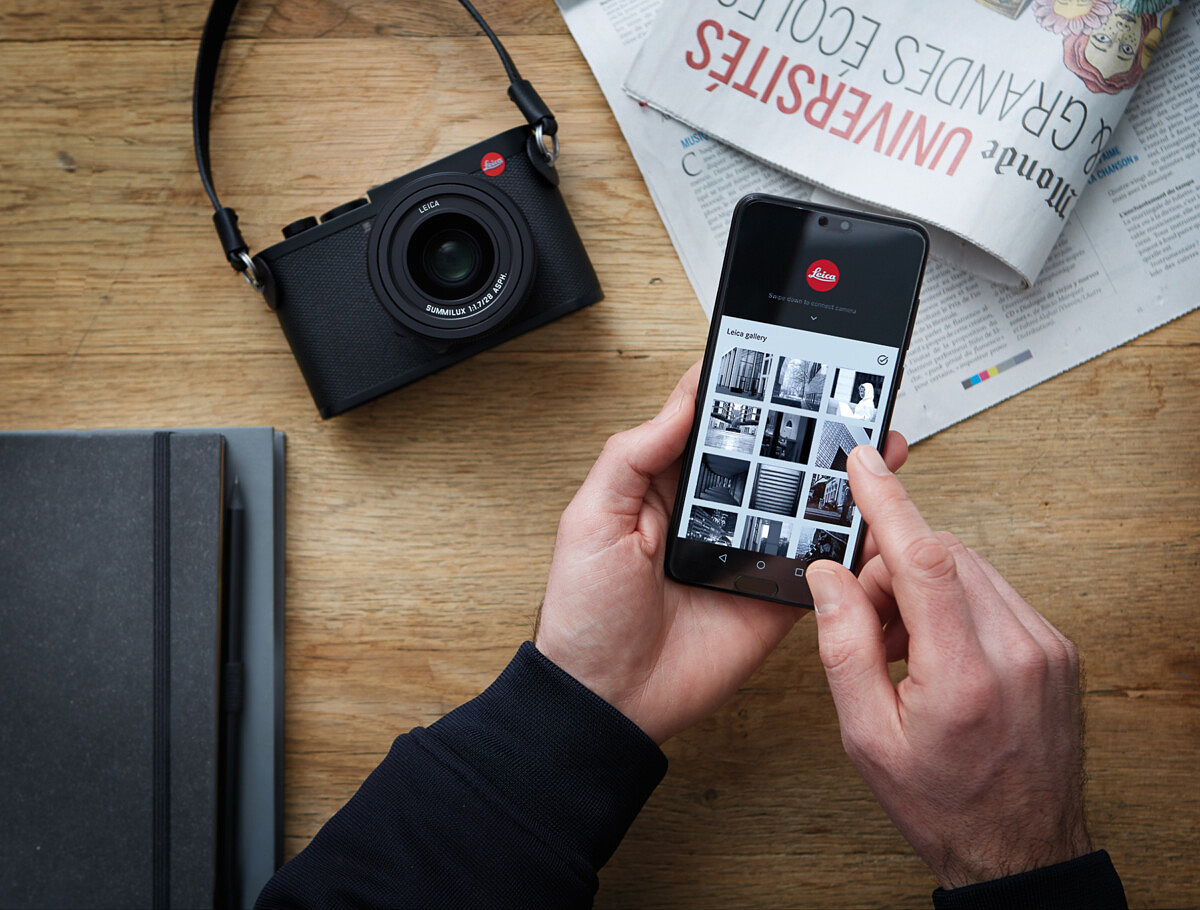
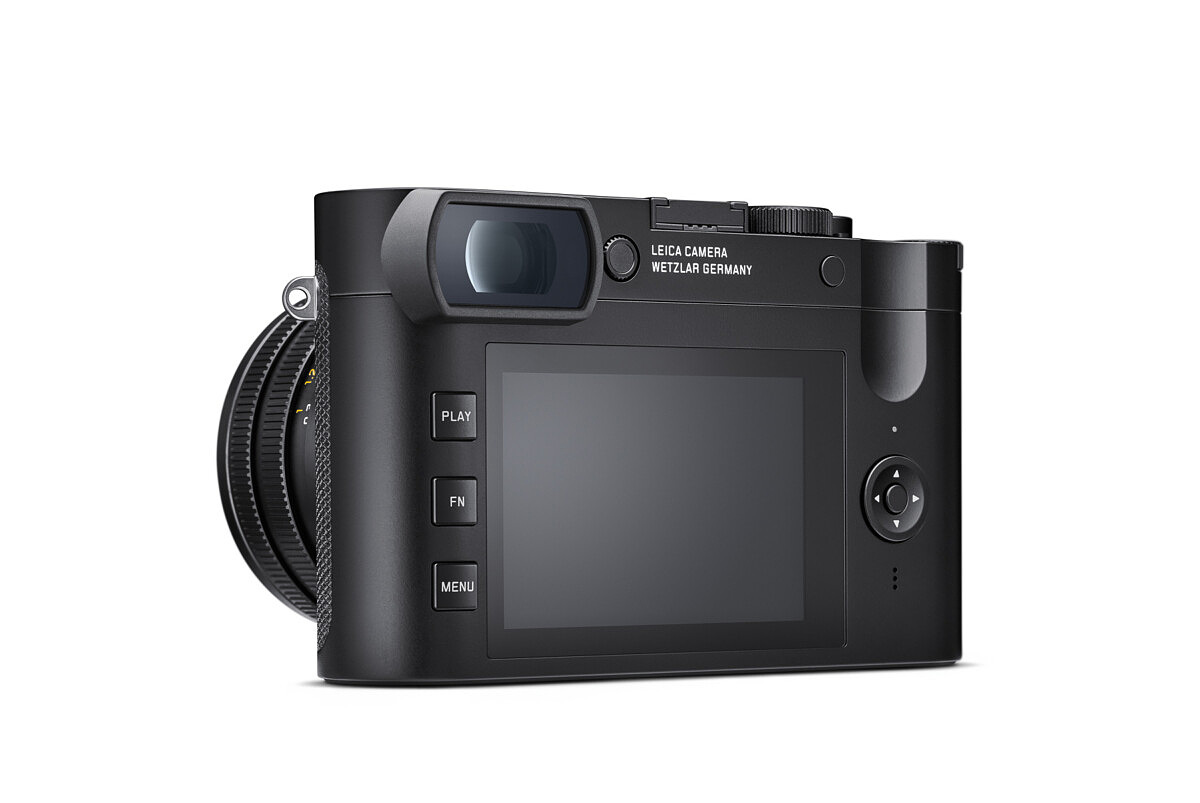
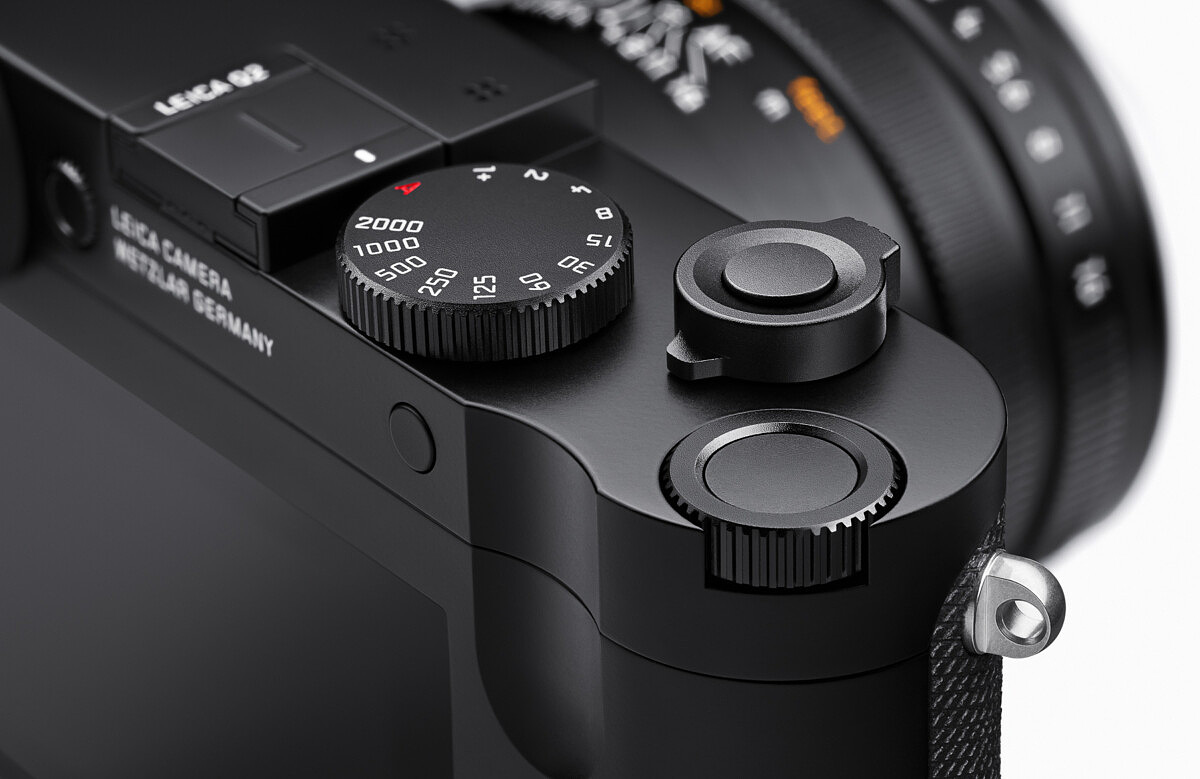
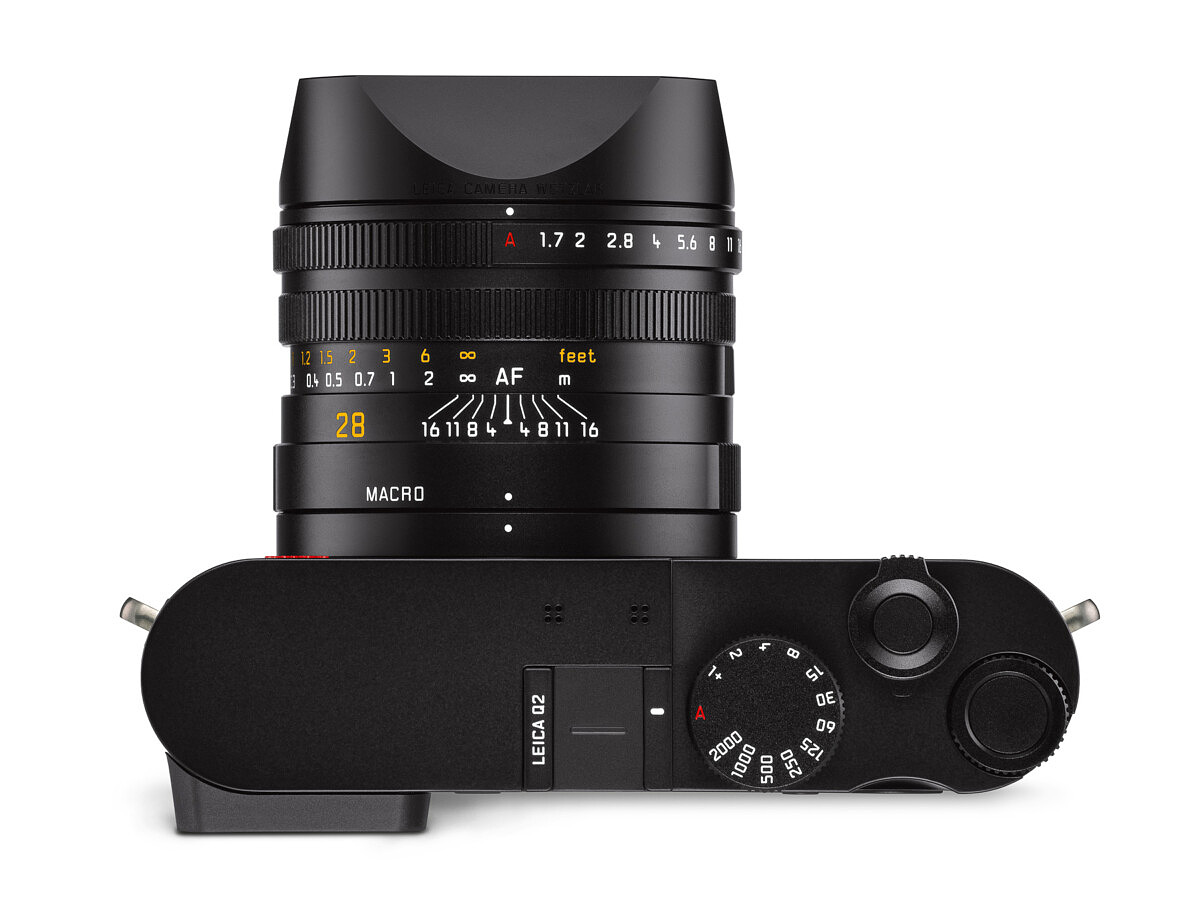
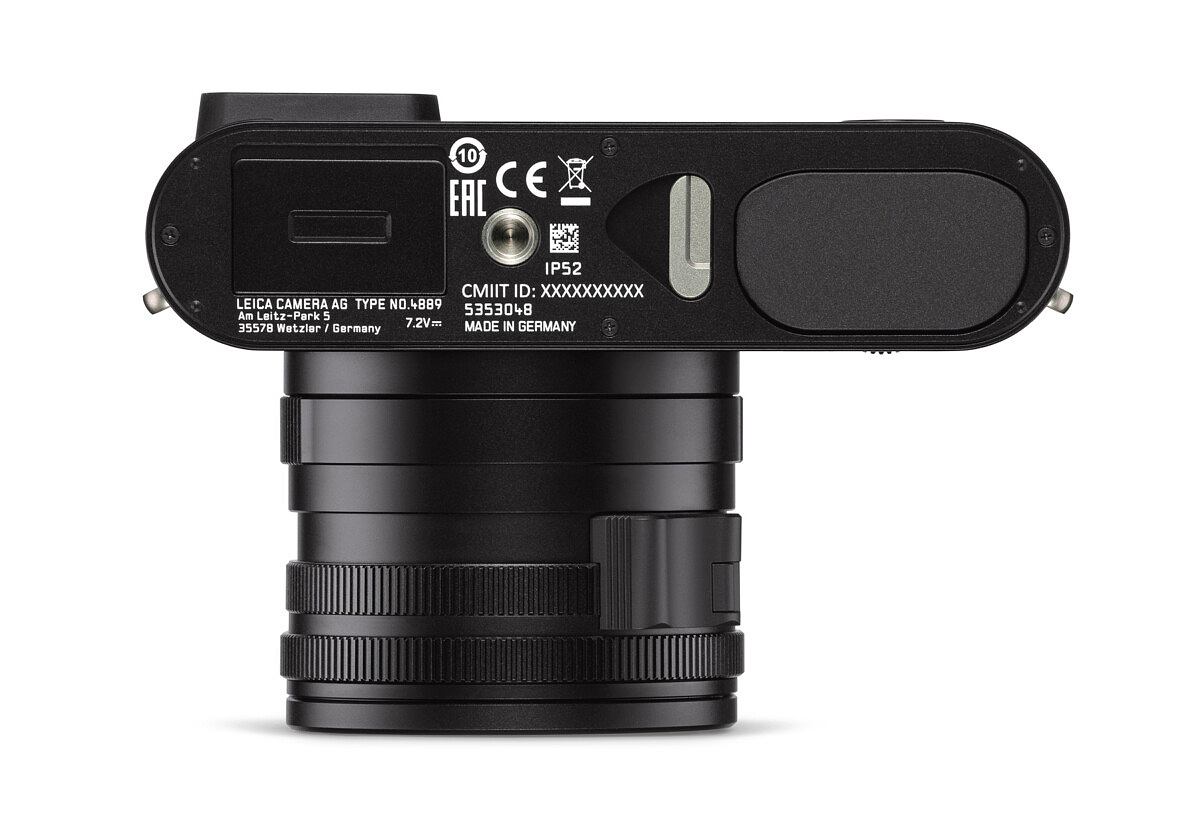
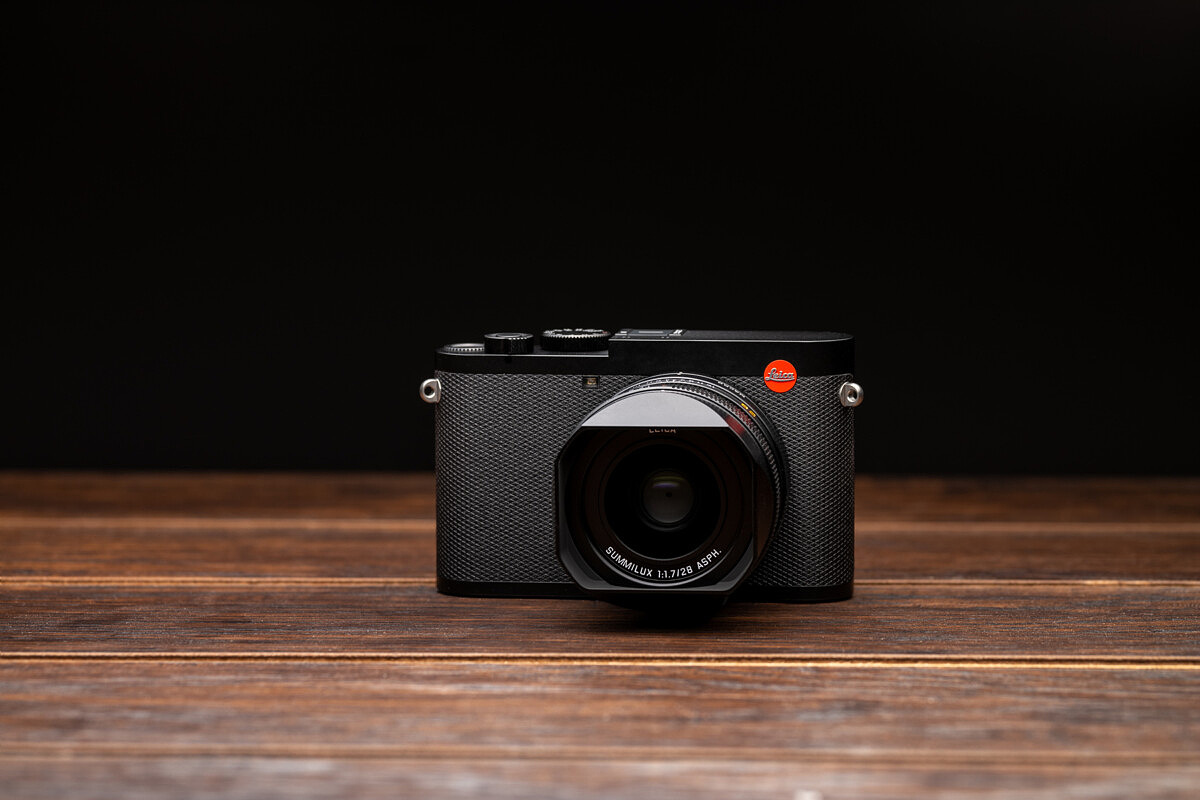
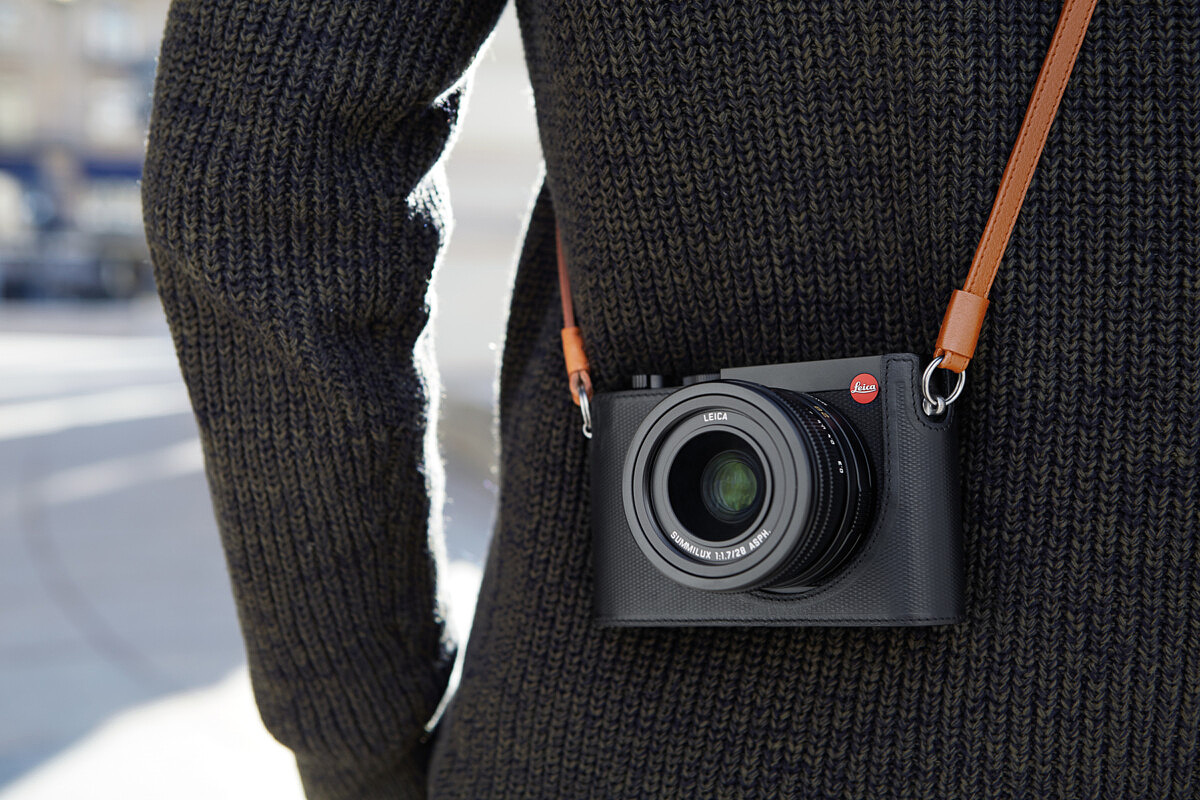













By Heinz Richter
Leica M cameras definitely take a special position on today’s camera market. As a camera with an optical rangefinder and viewfinder and interchangeable lenses, they are virtually without any competition. DSLR and mirrorless cameras rule the camera market. Yet the Leica M steadfastly maintains its position as one of today’s top cameras.
Considering the myriad of modern features on other types of cameras, the Leica M could be considered an anachronism, a camera that is trying to hang on to its past glory.
The camera is definitely
not for everyone, yet some of the greatest photographers have done and are
doing their work with the Leica M. I
grew up with a rangefinder and even after owning and shooting several Leica SLR
cameras, I always gravitated back to the Leica M.
An often mentioned drawback of the camera is the limited number of lenses, ranging from 21mm to 135mm. Longer lenses can be used, but they require an adapter and an electronic viewfinder accessory which is only available for the latest versions of the Leica M, starting with the Leica M240. Earlier M cameras did require the Visoflex which converted the cameras to an SLR, but it was rather bulky and not overly convenient to use, compared to a typical SLR DSLR camera.
The other major drawback of the rangefinder design is a definite lack of close-up capabilities. Here the same accessories as for long lenses are the only help available, although in the past some other accessories like the Dual Range Summicron offered some help. But the Dual Range Summicron cannot be used on any of the Leica digital rangefinder models.
The final drawback of the Leica M cameras is the relatively high price of the camera and its lenses. They rank among the most expensive on the market.
Since most of us are not blessed with unlimited incomes, it makes sense to look at how to make the most out of our camera budgets.
The greatest saving can be realized with the lenses. Fortunately Leica lenses are among the best in the world. Their performance is unrivaled when it comes to contrast, resolution, and tonal depth. While the extra input that is necessary to assure this high performance level does have a negative effect on the cost, it is this high level of performance that also allows us to save considerable amounts of money.
After selecting the Leica M camera that best meets our needs, particular attention should be paid to the selection of lenses. Of course if you can get by with just one lens, read no further. Other than selecting a lens based on cost, there are no other savings to be had.
One drawback of the rangefinder lay-out is the fact that no zoom lenses are available. If we need a variety of focal lengths, we need a variety of lenses. Most people agree that a 35mm of 50mm lens are the best choice for a standard lens. For anything wider, there are 28mm and 21mm lenses, just as there are 75mm, 90mm and 135mm lenses for telephoto work. Even if we had the ability to afford owning all or most of these lenses, changing lenses does take time and could possibly prevent us from getting a great shot.
This s where the overall performance of Leica lenses comes into play. I have made a 50mm f/2 Summicron the central part of my lenses. For a wide angle I skipped the 35mm and got a 28mm lens instead. As a matter of fact, I often just use the 28mm exclusively, like when I travel.
Why does that work? Do I not lose out on shots that would be better done with a 35mm or 50mm lens? For me the answer is ‘no’.
I rarely make enlargements bigger than 8.5x11 inches in size. My house has only limited wall space; why make an enlargement if you don’t display it. Instead I apply cropping to get to the field of view of a 35mm or 50mm lens or anything in between for that matter. The performance level of my 28mm f/2.8 Elmarit is such that I can easily do that without sacrificing image quality. As a matter of fact, this has often allowed me to come up with more than just one extra photograph. I often find more than just one picture hiding in a single shot.
The same is the case when close-ups are in order. Here I use my 50mm Summicron most of the time. I focus as close as possible and then crop the image to get the close field of view I wanted.
On the other end of the spectrum I have both a 90mm and a 135mm f/2.8 Elmarit. Depending on my needs to get closer, I use one or the other lens and, if necessary, crop the resulting image to get a smaller field of view.
Not only did this approach allow me to limit the number of lenses I needed to buy, it also allows me to overcome the lack of zoom lenses for my camera.
The late models of the Leica M camera line are often criticized for not offering autofocusing. It is certainly correct that a line of autofocus lenses would eliminate any of those criticisms. But is the lack of autofocus really such a hindrance?
With the advent of autofocus one little trick to speed up focusing of our cameras has all but been forgotten. I am talking about hyperfocal lens settings with the help of a depth of field scale. Most lenses available today no longer have depth of field scales and thus make focusing via hyperfocal settings impossible. Fortunately, most Leica lenses still offer this advantage and its application can overcome the lack of autofocus to quite an extend.
A lens can only be accurately focused at one certain distance. Everything in front and behind that point of focus is effectively out of focus. Yet we all know that the pictures we take show scenes and subjects to be sharply in focus over a considerable distance. Are our books of physics wrong? Not at all. The reason for this apparent contradiction is our eyes. Fortunately they aren't good enough to recognize out of focus areas in our pictures unless they reach a certain level.
Imagine photographing a small point. When not properly in focus, this point will become larger and show up as a fuzzy disc. This disc has to be of a certain size before our eyes recognize it as out of focus. This representation of a point is referred to as the circle of confusion.
In these days of virtually everything being auto focus we rarely pay any attention to focusing anymore. As a matter of fact, many outsiders consider the Leica M rangefinder cameras with their manually focusing lenses an anachronism. Yet in quite a variety of situations these lenses can be focused as fast or faster than any auto focus system.
That is because the Leica M lenses are non-zoom lenses. That is the reason why to this day all of them have a depth of field scale. Many photographers and picture takers have no idea what a depth of field scale is, and if they do, they rarely know what to with it.
It is a known fact that the aperture setting on our lenses, the f-stop used to take a picture, determines how much of what we photograph will be in focus, how much depth of field there will be. The smaller the aperture, the more depth of field. That is what a depth of field scale is all about. It will show the distance from the point closest to the camera to the point furthest from the camera that will be in focus.
Effectively one third of the total depth of field will be in front of the point of focus and two thirds will be beyond it. If applied correctly, this can actually greatly improve the sharpness of our photographs. Imagine taking a picture of a mountain scene. The mountains are obviously far enough away to constitute infinity as far as the focus settings on our lenses are concerned. Subsequently it seems to make sense to set our lenses to infinity to make sure the mountains are in focus. As a matter of fact, if we use the rangefinder on a Leica, this is exactly what will happen.
However, let’s remember the above rule which states that two third of the depth of field is beyond the point of focus. That means in our mountain scene, two thirds of the depth of field will be wasted. The depth of field scale will help to prevent that, if properly applied.Our exposure settings will always be a combination of shutter speed and aperture. Once we or the camera determine the correct exposure settings, we will know what aperture the picture will be taken with. Back to our mountain scene. Instead of setting the infinity mark opposite the focus mark on the lens, all that needs to be done is to set the infinity mark opposite the marking of the aperture we are using. That will still give proper focus to infinity, but it will greatly increase sharpness in the areas closer to the camera as indicated by the other aperture mark on the depth of field scale.
It is a fact that the smaller the aperture, the more depth of field we will have. But we shouldn’t indiscriminately use the smallest aperture all the time, because this can easily lead to the necessity of too slow a shutter speed which in turn can lead to blurry pictures because of camera movement.
As I explained above, the circle of confusion determines what detail in our pictures appears in focus and which not. Unfortunately, the size of the circle of confusion must also be based on a certain picture size. In most cases that is an approximate enlargement of five times or a 5 x 7 inch enlargement from a 35mm negative or full frame digital sensor. With other words, up to a 5 x 7 inch size enlargement our pictures will display maximum sharpness and maximum depth of field.
But what about enlargement greater than a 5 x 7 or if considerable cropping is necessary? Does that mean the depth of field scale on our lenses is useless? Not at all. All we need to do is use the depth of field settings on the lens with an aperture one or two stops larger than the aperture in actual use. With enlargements of 8 x 10 or 11 x 14, the next larger aperture will usually be sufficient. If the enlargement size is greater than that, use a two stop larger aperture. With other words, if the aperture used is f/11, use the apertures of f/8 or f/5.6 on the depth of field scale.
Why do all of this instead of just using the rangefinder and focus on our main subject? Because you can greatly increase your speed of operating the camera. Using the depth of field scale and setting the lens as explained above, using hyperfocal setting, will eliminate the need to focus altogether and thus make the operational speed of your camera that much greater.
The above figures are based on 35mm size negatives or full frame digital sensors. Larger or smaller negative and sensor sizes will lead to different depth of field. Different focal lengths of our lenses will do the same. In general, the shorter the focal length the more depth of field there will be. This, however, is nothing to worry about because the depth of field scales will reflect that.
Give it a try. You might very well find that your pictures in some cases will display a greater range of sharpness and you will be able to use your camera a lot quicker. It might very well be the difference of being able to catch a great moment on film or memory card instead of losing it to your camera being too slow.